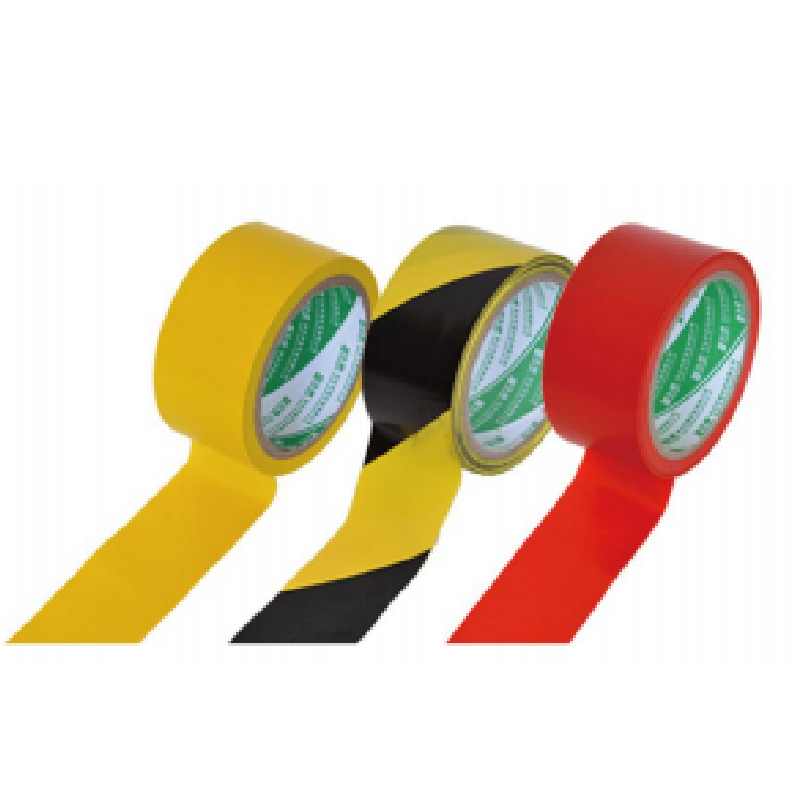Understanding the Different Types of Insulation Tape
Insulation tapes play a crucial role in various electrical, industrial, and household applications. They serve as effective barriers against electrical current and external elements, ensuring safety and functionality. Understanding the different types of insulation tape available on the market can help users choose the right product for their specific needs. This article delves into the various types of insulation tapes, their characteristics, and typical applications.
1. PVC Insulation Tape
Polyvinyl chloride (PVC) insulation tape is one of the most popular types used in electrical applications. It is highly flexible, durable, and provides excellent insulation properties. PVC tape is often used for color-coding wires, wrapping electrical connections, and providing insulation around electrical wires to prevent short circuits. It comes in various colors and is resistant to moisture, abrasion, and UV light, making it ideal for both indoor and outdoor applications.
2. Rubber Insulation Tape
Rubber insulation tape is primarily used for outdoor applications due to its outstanding waterproof properties. This type of tape is made from elastomeric materials that can stretch over surfaces, making it excellent for bundling and sealing. Rubber tape is self-fusing, which means it creates a bond with itself when wrapped around an object, ensuring a strong, secure seal. It’s ideal for irregular shapes and is often employed in electrical repairs and maintenance.
Mastic insulation tape is composed of an adhesive with a rubber-based compound and is known for its excellent adhesion properties. This tape is ideal for sealing joints and laps in electrical insulation, providing both moisture and thermal barriers. Mastic tape is often utilized in HVAC applications, ensuring that the junctions of ducts are sealed and insulated properly to improve efficiency. Its conformability allows it to be used on irregular surfaces where a good seal is essential.
insulation tape types

4. Cloth Insulation Tape
Cloth insulation tape is versatile and used in various applications due to its strong adhesive properties and durability. It can resist high temperatures and is commonly used in the automotive industry and for electrical insulation in environments where physical wear and tear are a concern. The cloth backing provides additional strength and can be painted over, making it suitable for applications requiring a finished aesthetic.
5. High-Temperature Insulation Tape
High-temperature insulation tape is specifically designed to withstand extreme heat, making it ideal for use in high-heat environments such as electrical motors and appliances. This type of tape is typically made from materials like silicone or fiberglass and can maintain its integrity even at elevated temperatures. Businesses operating in industries like aerospace, automotive, and manufacturing often rely on high-temperature insulation tape for reliable performance in challenging conditions.
6. Self-Adhesive Foam Insulation Tape
Self-adhesive foam insulation tape is used primarily for sealing gaps and spaces, providing thermal insulation as well as noise dampening. It is often employed in construction, automotive, and HVAC applications to fill in crevices and reduce energy loss. The tape adheres well to various surfaces, making it a popular choice for both insulating windows and doors and minimizing sound transmission.
Conclusion
Choosing the right type of insulation tape is essential for ensuring safety, efficiency, and durability in various applications. From PVC and rubber tapes for electrical insulation to high-temperature tapes for specialized industrial use, each type of insulation tape has unique properties that cater to specific needs. Understanding these differences will enable users to make informed decisions, thereby enhancing their projects' overall effectiveness and safety.
-
XIANGFAN Rubber Tape-Ultimate Solutions for All Your Insulation NeedsNewsJun.24,2025
-
XIANGFAN Rubber Tape-Protection for Industrial and Residential ApplicationsNewsJun.24,2025
-
XIANGFAN Rubber Tape: Superior Safety and Sealing for Demanding EnvironmentsNewsJun.24,2025
-
XIANGFAN Rubber Tape: Reliable Solutions for Every Electrical ChallengeNewsJun.24,2025
-
XIANGFAN Electrical & Industrial Tape: Powering Reliability Across IndustriesNewsJun.24,2025
-
XIANGFAN Electrical & Industrial Tape: Excellence in Every ApplicationNewsJun.24,2025
